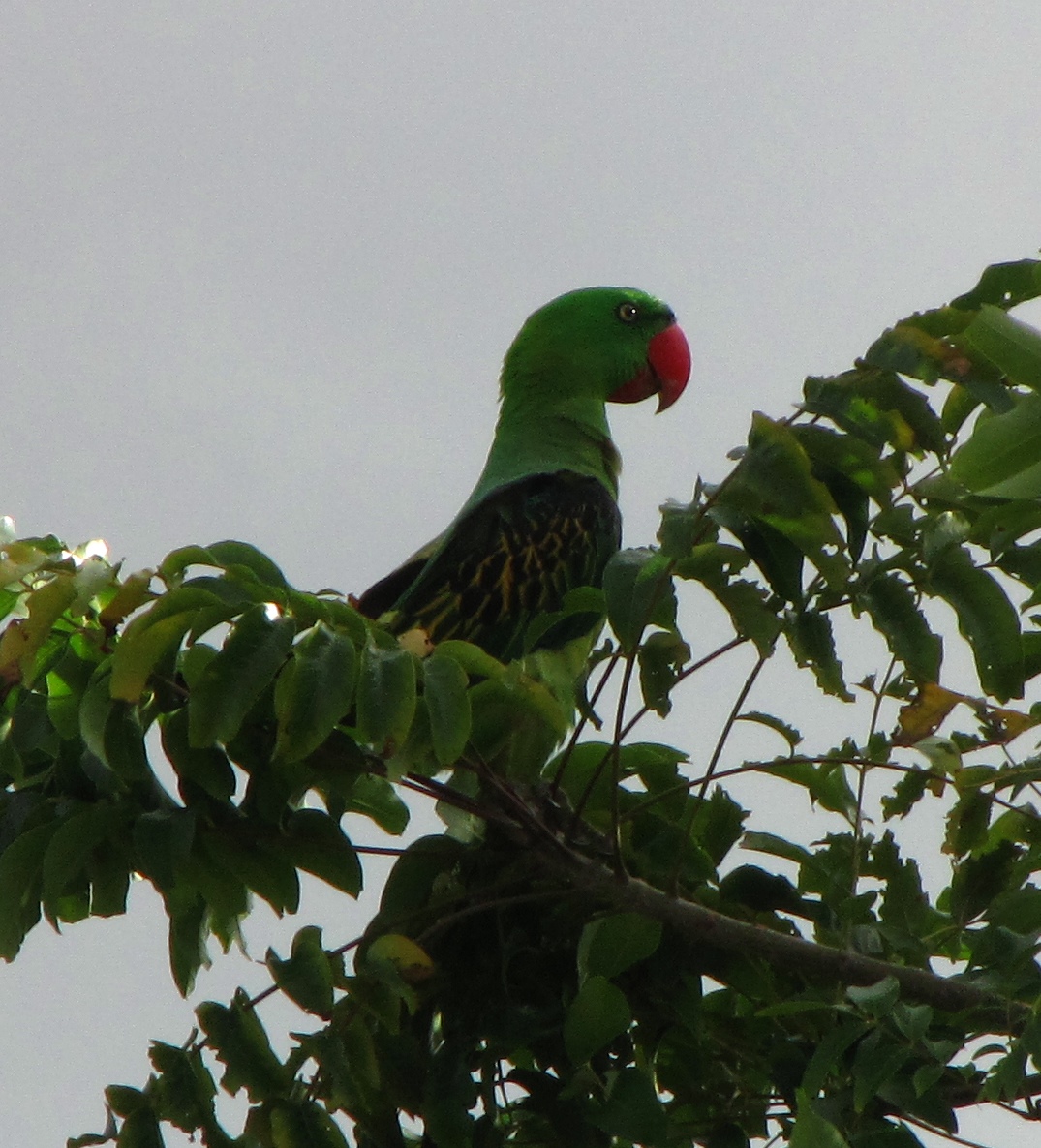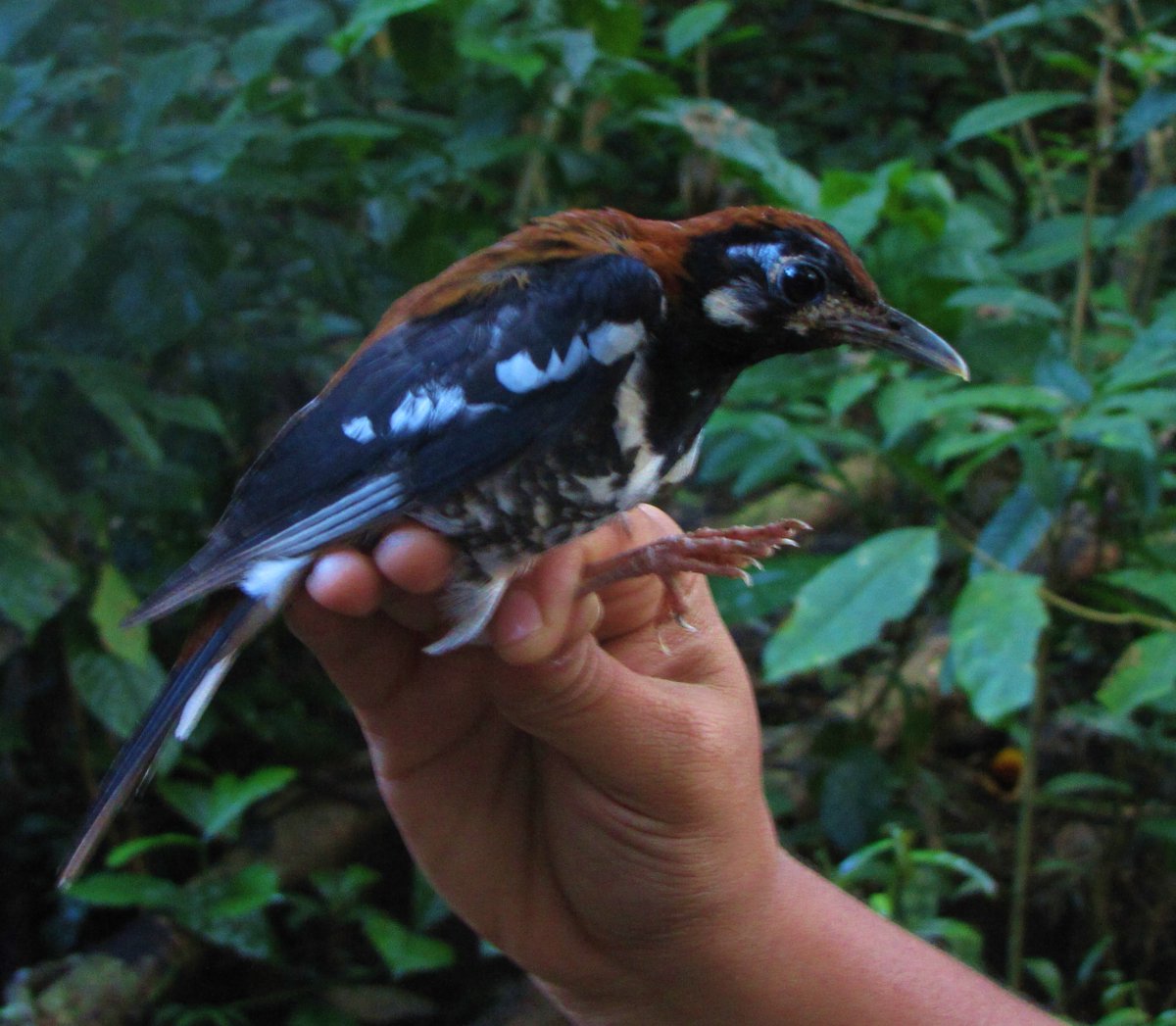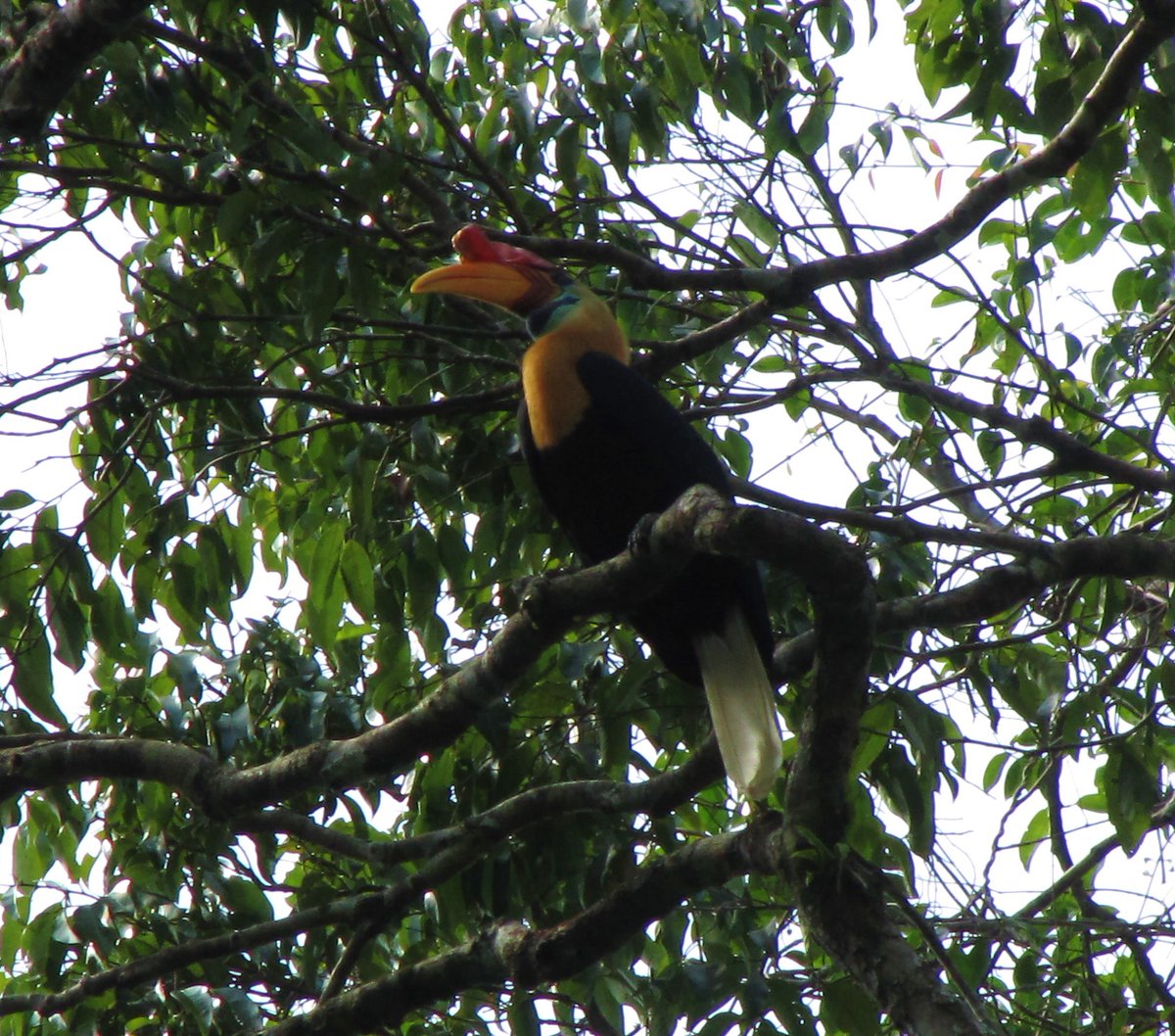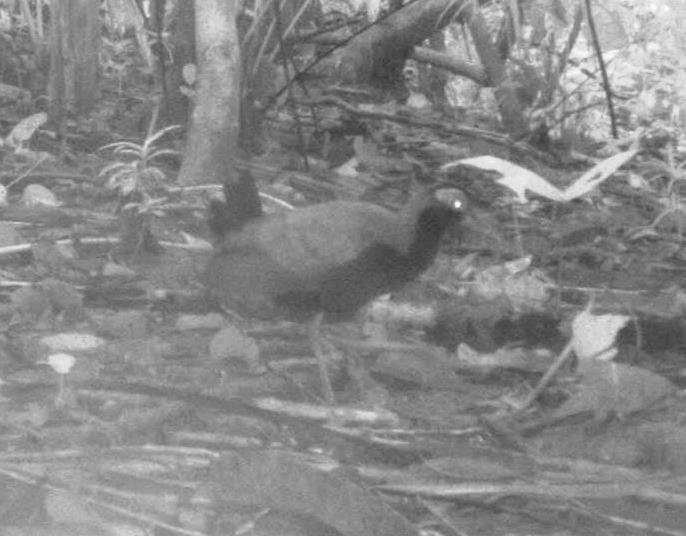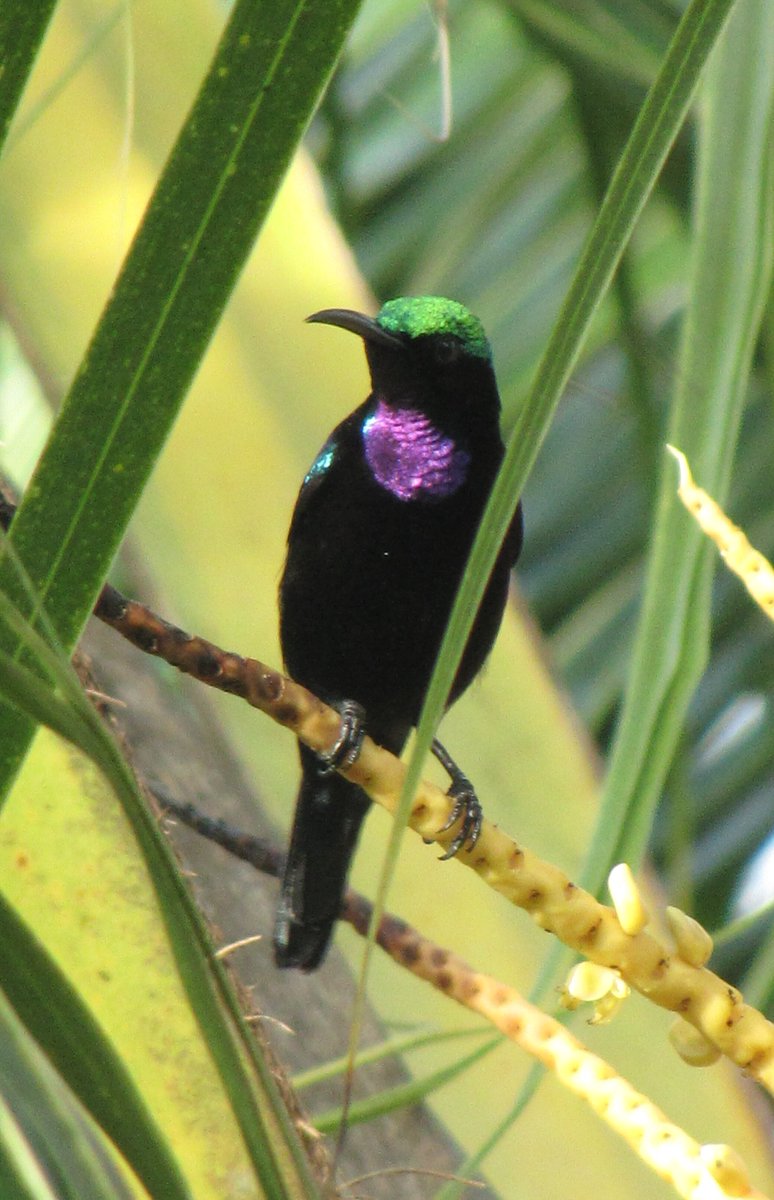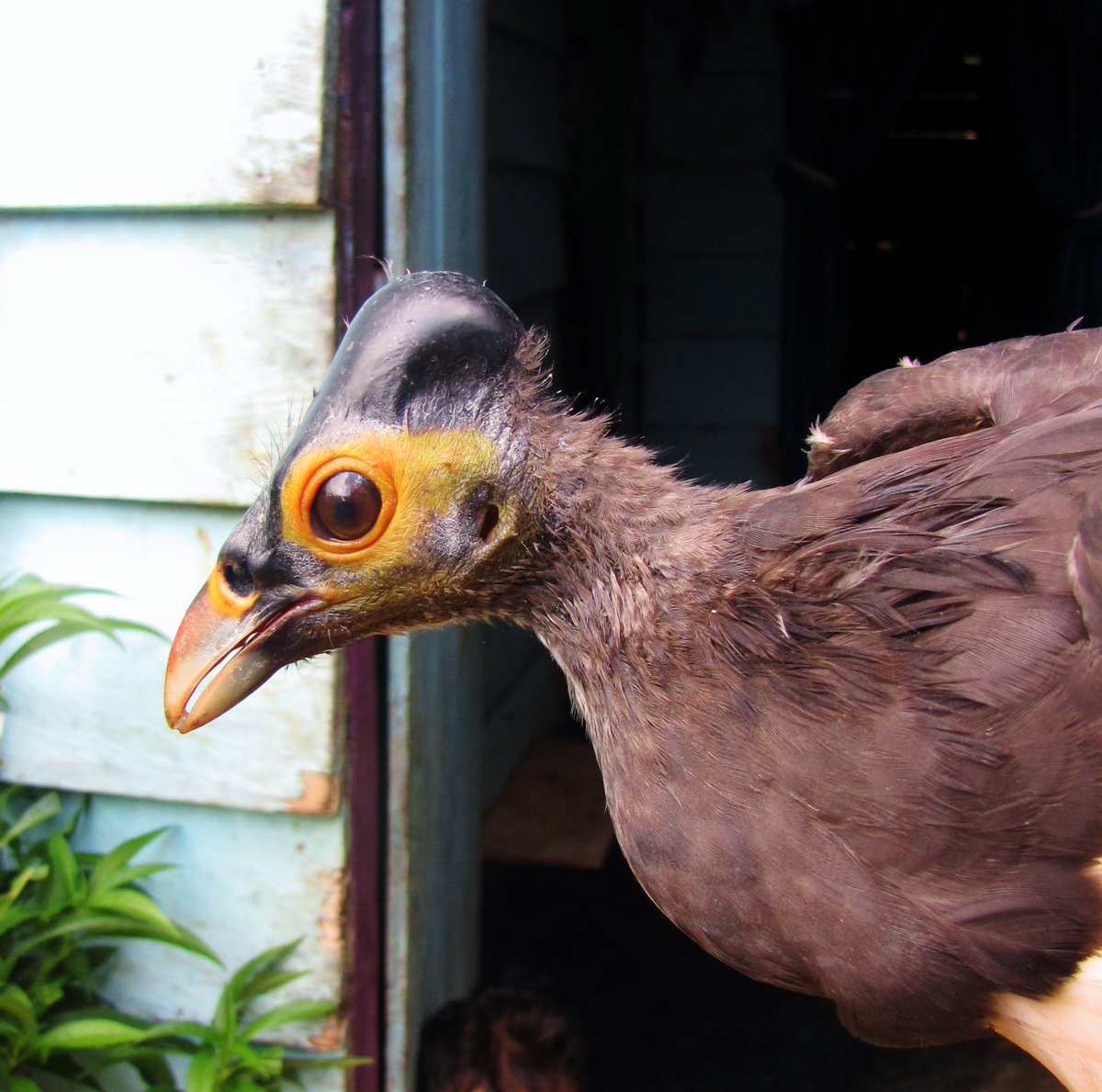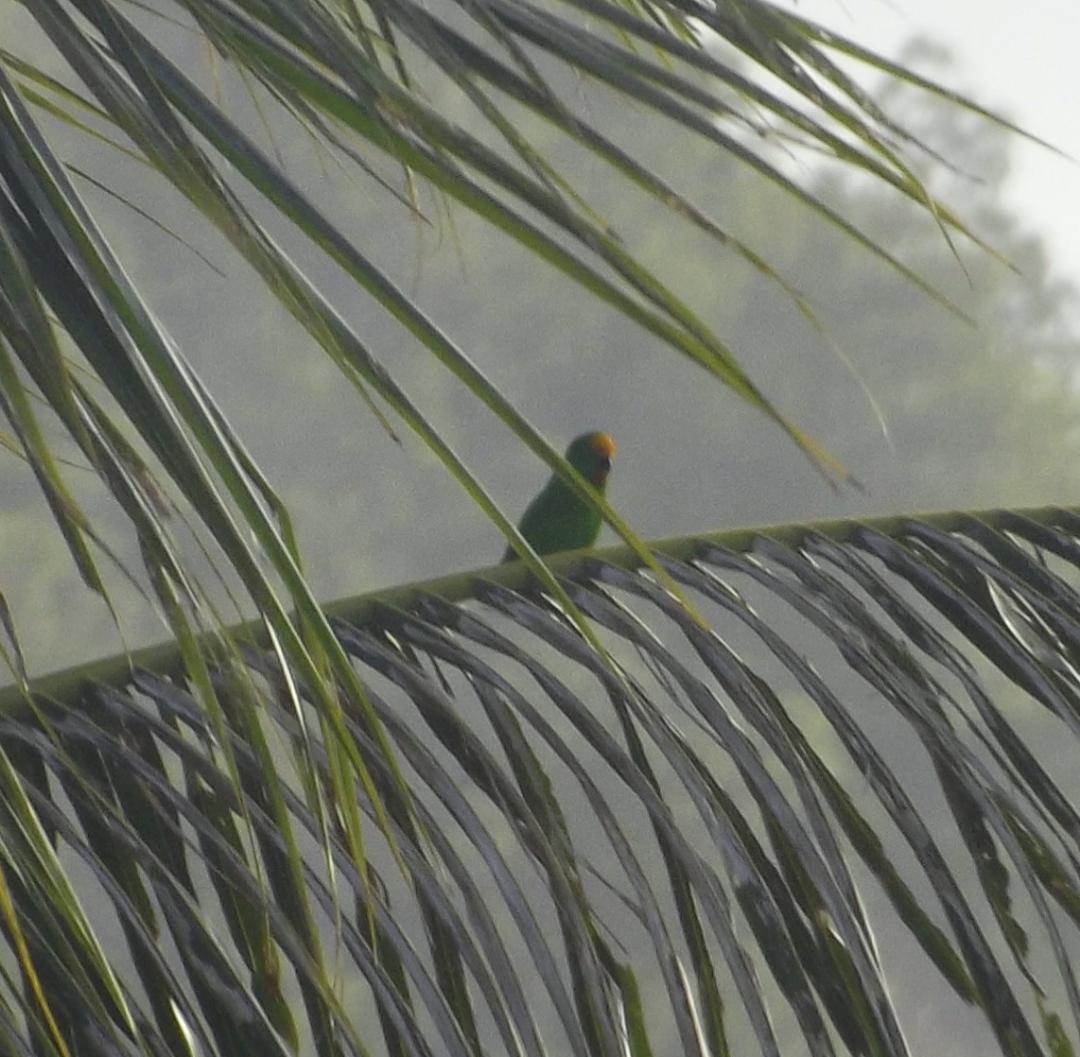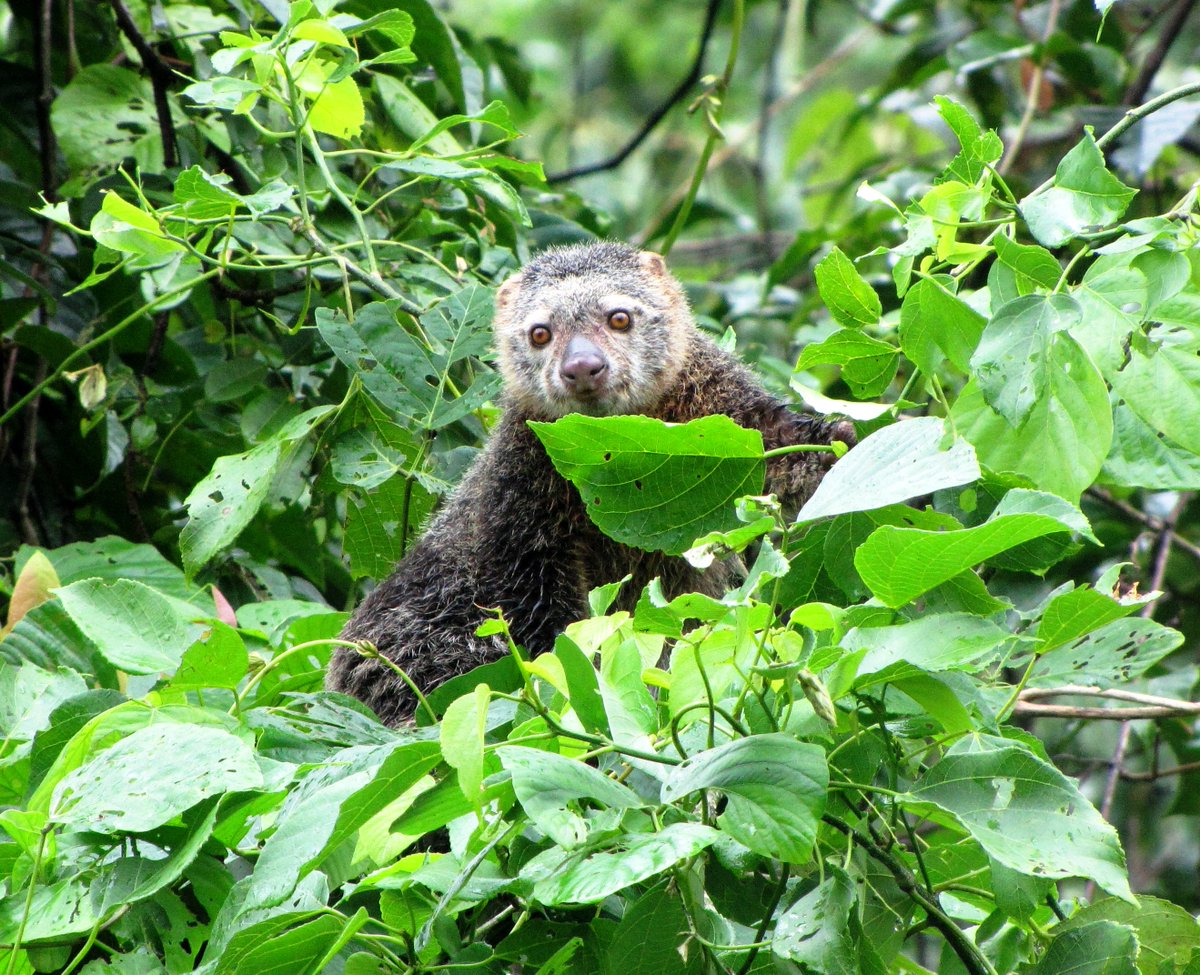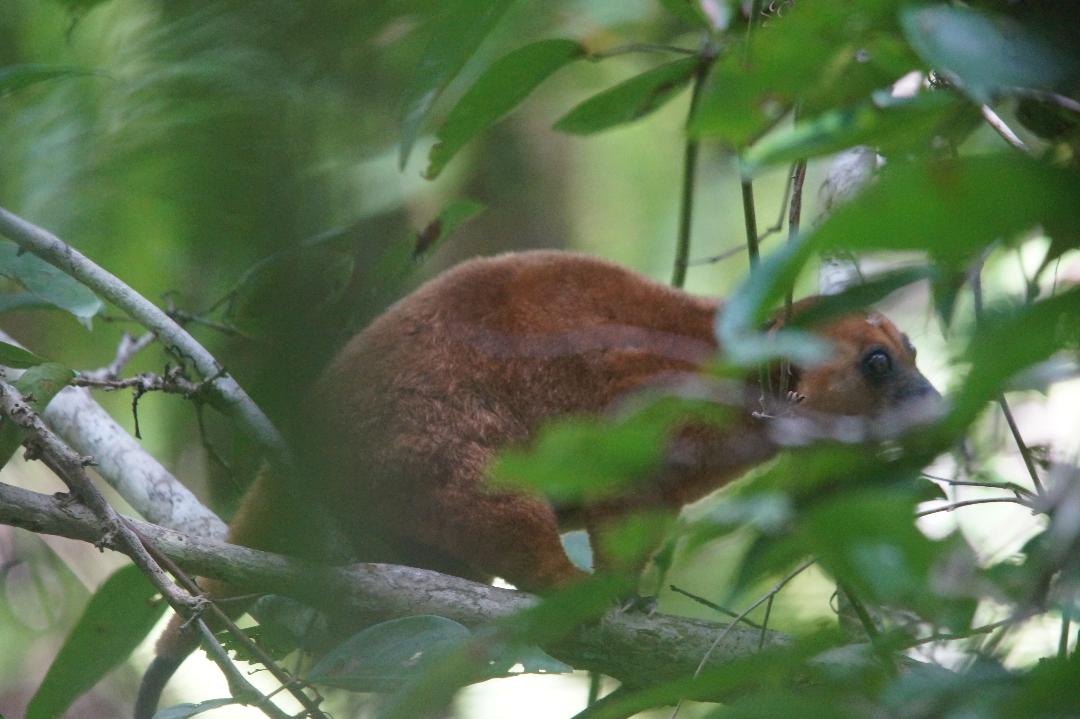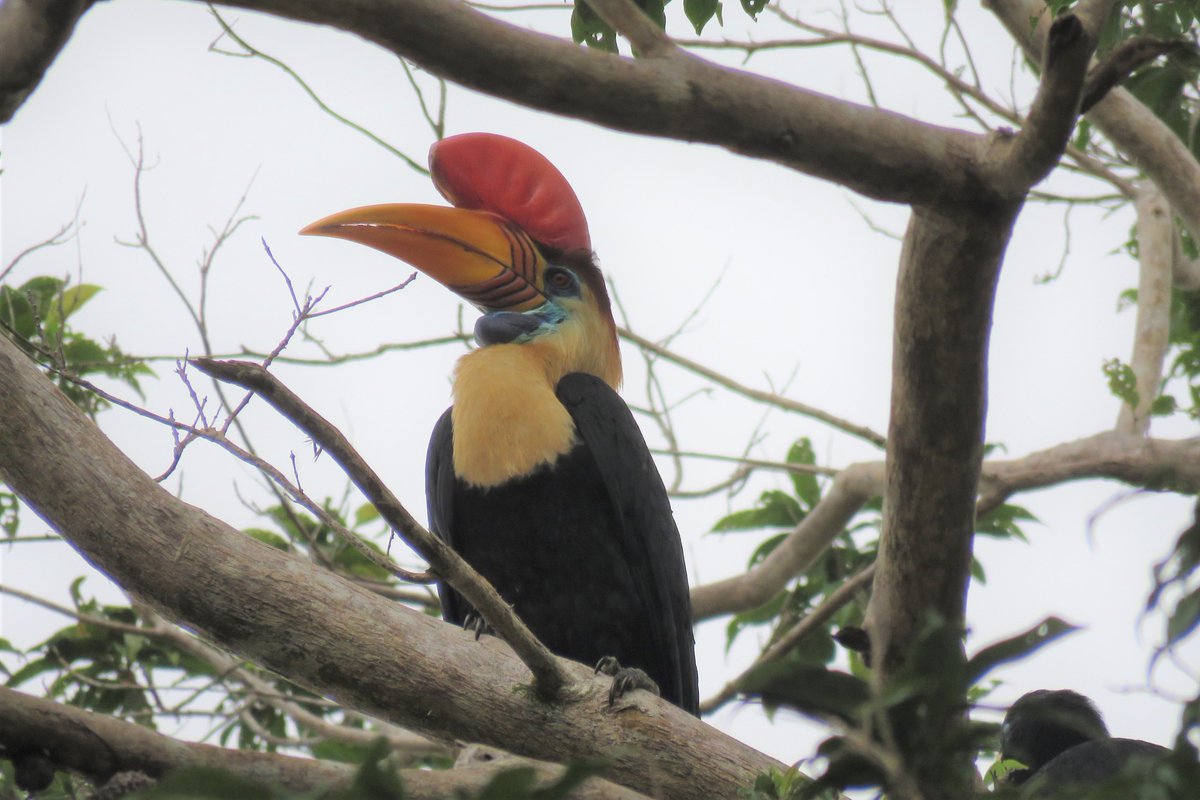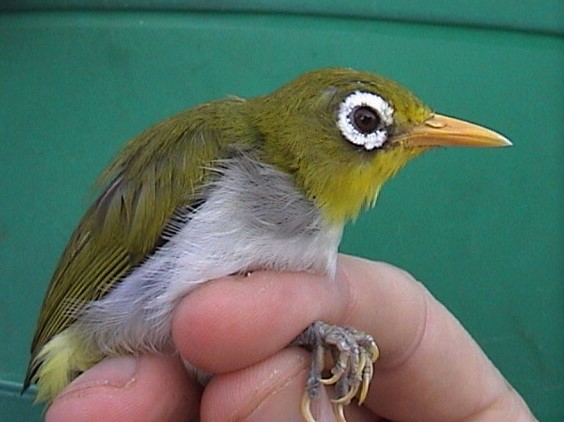Our new paper, led by @Dar_OConnell which details the avifauna of the Wakatobi Islands, SE Sulawesi, was just published: https://lkcnhm.nus.edu.sg/app/uploads/2020/01/RBZ-2020-0073.pdf">https://lkcnhm.nus.edu.sg/app/uploa...
This is the last in a series of papers which researchers have been working on since 1999, so a quick summary may be timely.
This is the last in a series of papers which researchers have been working on since 1999, so a quick summary may be timely.
@opwall ornithology surveys on SE Sulawesi& #39;s islands have been ongoing since 1999 and yielded some very interesting early results. The first ever @opwall terrestrial paper was the description of a new sub-species of Red-backed Thrush on Kabaena Island found by @dicaeum et al.
This early paper can be found here. Red-backed Thrush photo attached, although this is from Buton Island, rather than the Kabaena ssp.!
https://www.researchgate.net/publication/215909242_A_new_subspecies_of_Red-backed_Thrush_Zoothera_erythronota_kabaena_subsp_nov_Muscicapidae_Turdidae_from_Kabaena_island_Indonesia">https://www.researchgate.net/publicati...
https://www.researchgate.net/publication/215909242_A_new_subspecies_of_Red-backed_Thrush_Zoothera_erythronota_kabaena_subsp_nov_Muscicapidae_Turdidae_from_Kabaena_island_Indonesia">https://www.researchgate.net/publicati...
Bird surveys on Buton Island also began in 1999. This large island supports a very diverse bird community where new species were detected annually. We summarized >10 years worth of observations in a Forktail article in 2012: https://bit.ly/2YIQ1om ">https://bit.ly/2YIQ1om&q... @dicaeum @nialltkeogh
10 years wasnt enough to detect all the birds on Buton, though, so we published an update in 2015. Some of these new records were made by camera traps, including the elusive Blue-faced Rail, which was previously only known from northern Sulawesi. https://bit.ly/2AesBhl ">https://bit.ly/2AesBhl&q...
The species still isnt officially recognized as occurring on Buton >5 years after we published this. It is considered Vu due to old knowledge of its distribution, and this may be wrong. But that is a different story for another time!
https://bit.ly/3eMk8ky ">https://bit.ly/3eMk8ky&q... @seankelly999
https://bit.ly/3eMk8ky ">https://bit.ly/3eMk8ky&q... @seankelly999
Next up, @Dar_OConnell et al. published the first ever summary of the avifauna of Kabaena Island, the third-largest of South-east Sulawesi& #39;s offshore islands.
Around the same time, we published a third update to the avifauna of Buton Island, where new species had continually been detected. The most surprising of these was a Maleo that turned up in someones back yard one day! https://bit.ly/38bK1aN ">https://bit.ly/38bK1aN&q...
Maleo are previously known from Buton but hadnt been officially documented in years, were not detected by our surveys previously, and were not thought to occur in this part of the island @JosephMonkhouse @JackBaddams @nialltkeogh @Luscinia_joshua
The next paper, led by @JosephMonkhouse focused on the remote island of Menui, where no previous bird surveys had been conducted. Menui is biologically distinct and supported many species not found elsewhere in SE Sulawesi. https://bit.ly/2BLmS30 ">https://bit.ly/2BLmS30&q... @dicaeum @Dar_OConnell
The most notable of these was this extremely interesting Hanging Parrot photographed by @JosephMonkhouse . It doesnt match any other known species from the region and we still dont know what it is!
As a bonus, we also published data on the Cuscus species of SE Sulawesi& #39;s islands around this time, which included Bear and Dwarf Cuscus on Buton, and a hitherto unknown population of Peleng Cuscus on Menui. http://bit.ly/3cxFy3S ">https://bit.ly/3cxFy3S&q...
Next up, @Dar_OConnell et al. published their summary of the avifauna of two more large islands - Muna and the previously unexplored Wawonii. Again, lots of important range extensions and data on poorly-known endemics and globally threatened species. https://bit.ly/3eKn014 ">https://bit.ly/3eKn014&q...
Which bring us back to the new Wakatobi article, which includes information on a lot species, including the still-undescribed Wangi-wangi White-eye, which is perhaps the most notable of all ornithological discoveries in SE Sulawesi, and a species of growing conservation concern.
Those are all the zoogeography papers. Plenty of other outputs regarding taxonomy, methods design, theoretical ecology etc etc published as well. There are a few more articles in the works, but all the descriptive ornithology ones are now done!
Thanks to @opwall and everyone who has supported the SE Sulawesi bird surveys in the last 20 years. Huge thanks as well to our Indonesian collaborators who I cant tag on here , most notably Dani Heryadi, Ady Karya, Kangkuso Analuddin, Yeni Mulyani and Henry Singer!
Oh, and finally, this work yielded a great collection of Wallacean bird photos! This used to be on the IBC library. It recently got transferred to the Macaulay Library and the formatting was badly messed-up in the transfer, but the photos are still there! https://bit.ly/2BasIuR ">https://bit.ly/2BasIuR&q...

 Read on Twitter
Read on Twitter